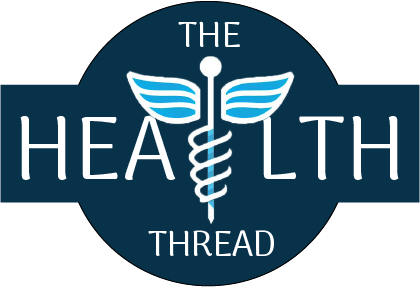Challenges and barriers faced in implementing nutrition programs and initiatives in Nepal
Implementing effective nutrition programs and initiatives is crucial for addressing malnutrition and improving the health outcomes of the population in Nepal. However, several challenges and barriers hinder the successful implementation of these programs. This essay examines the key challenges and barriers faced in implementing nutrition programs and initiatives in Nepal, supported by examples and relevant references.
Limited Infrastructure and Resources: One of the primary challenges is the limited infrastructure and resources available for implementing nutrition programs in Nepal, particularly in remote and rural areas. Lack of proper healthcare facilities, transportation systems, and storage facilities for perishable foods poses significant barriers to program implementation and sustainability (1). For instance, the lack of refrigeration facilities in remote areas hampers the distribution of nutrient-rich foods, leading to reduced accessibility and availability.
Socioeconomic Factors: Socioeconomic factors such as poverty, unemployment, and inadequate income pose significant challenges in implementing nutrition programs. Poverty often limits individuals’ access to nutritious foods, leading to food insecurity and malnutrition. Economic constraints can prevent households from investing in diverse and nutrient-rich foods, hindering the effectiveness of nutrition interventions (2). For example, the inability to afford a diversified diet affects the dietary diversity and nutrient intake of vulnerable populations, particularly in rural areas.
Limited Awareness and Education: Lack of awareness and limited nutrition education among individuals and communities is a major barrier to implementing effective nutrition programs. Inadequate knowledge about proper nutrition and healthy eating practices can result in suboptimal dietary choices and practices (3). Targeted nutrition education programs that focus on promoting healthy eating habits, improving food preparation and storage techniques, and raising awareness about the importance of balanced diets are essential to address this barrier.
Cultural and Social Norms: Cultural and social norms can influence dietary patterns and food choices, posing challenges to implementing nutrition programs. Traditional beliefs and practices may restrict the adoption of nutritious foods or lead to harmful dietary habits (4). For instance, cultural preferences for certain foods or taboos against specific foods may limit dietary diversity and contribute to nutrient deficiencies. Understanding and addressing these cultural and social norms through culturally sensitive interventions are essential for successful program implementation.
Inadequate Policy Support and Governance: Inadequate policy support and governance hinder the effective implementation of nutrition programs in Nepal. Limited policy frameworks, lack of coordination among government agencies, and insufficient resource allocation pose significant challenges (5). Strong policy support, effective coordination, and allocation of adequate resources are essential to overcome these barriers and ensure the sustainability of nutrition initiatives.
Conclusion: Implementing nutrition programs and initiatives in Nepal faces various challenges and barriers, including limited infrastructure and resources, socioeconomic factors, limited awareness and education, cultural and social norms, and inadequate policy support and governance. Addressing these challenges requires a comprehensive and integrated approach involving investments in infrastructure development, poverty alleviation programs, nutrition education, culturally sensitive interventions, and robust policy frameworks. By addressing these barriers, Nepal can effectively implement nutrition programs and initiatives, leading to improved health outcomes and reduced malnutrition in the population.
REFERENCES
- Ministry of Health and Population (MOHP) [Nepal], New Era, & ICF International Inc. (2017). Nepal Demographic and Health Survey 2016. Kathmandu, Nepal: Ministry of Health and Population, New Era, and ICF International, Inc.
- Karki, Y. B., & Thapa, N. (2017). Prevalence and determinants of malnutrition among children in Nepal: A systematic review and meta-analysis. BMC Nutrition, 3(1), 1-12.
- Government of Nepal. (2013). Multi-Sector Nutrition Plan for Accelerating the Reduction of Maternal and Child Undernutrition in Nepal (2013–2017). Kathmandu, Nepal: Government of Nepal.
- Maharjan, K. L., & Joshi, D. (2019). Cultural beliefs and practices on child nutrition in rural Nepal. Journal of Health, Population, and Nutrition, 38(1), 1-10.
- Neupane, S., & Pokhrel, T. (2021). The political economy of nutrition in Nepal: Challenges and opportunities. Food Policy, 101, 102052.
